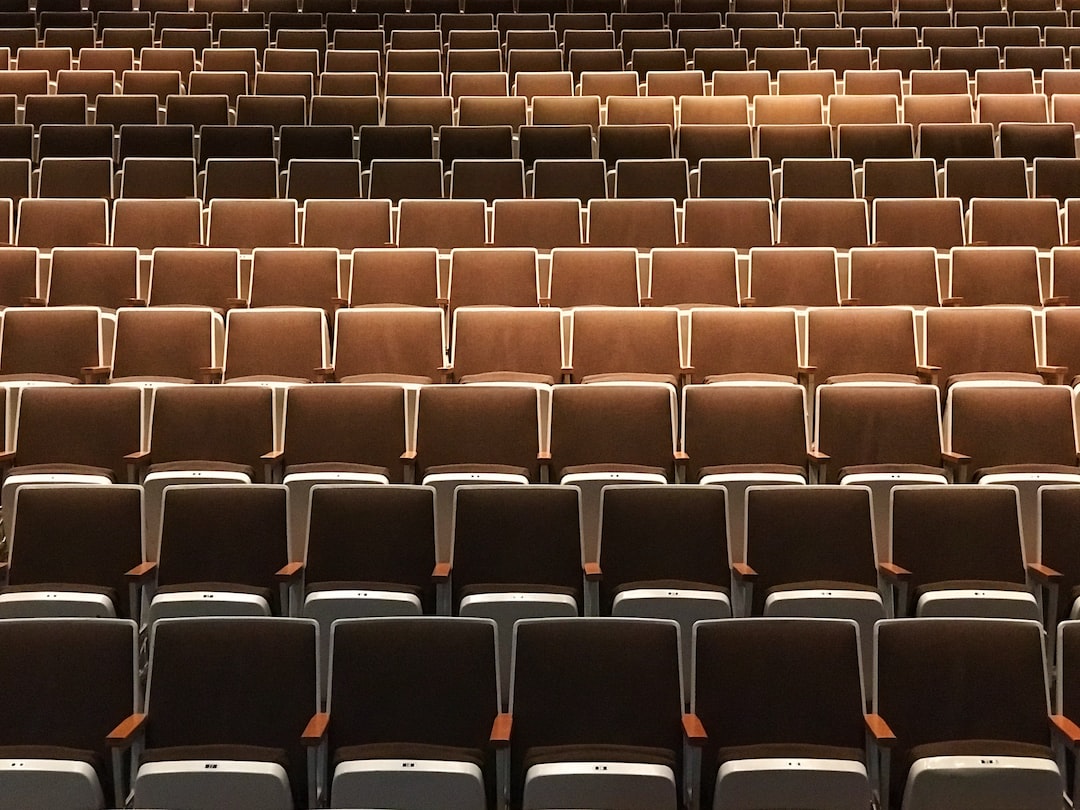The Influence of Greek and Roman Sculpture on Western Art
Greek and Roman civilizations have had a profound impact on Western art, with their contributions in sculpture being particularly significant. The mastery of form, attention to detail, and the pursuit of ideal beauty that characterized Greek and Roman sculptures continue to inspire and influence artists to this day.
Greek sculpture, in particular, is considered a cornerstone of Western art. The ancient Greeks were pioneers in representing the human form in sculpture, aiming to capture not only its physical features but also its essence. Their sculptures exude a sense of harmony, balance, and perfect proportions, reflecting their idealistic view of the human body.
One of the most renowned examples of Greek sculpture is “Discobolus” (Discus Thrower) by Myron, dating back to the 5th century BCE. This iconic work depicts a poised athlete mid-throw, frozen in time, capturing a moment of graceful movement. The anatomical accuracy and the attention to detail in muscular definition showcase the excellence of the Greek sculptor’s craftsmanship.
The influence of Greek sculpture on Western art can be observed in the Renaissance period. Artists such as Michelangelo and Donatello studied Greek sculptures and drew inspiration from them. Michelangelo’s “David,” created in the early 16th century, is a testament to the Greek influence on Renaissance sculpture. The sculpture embodies the ideal beauty and perfect proportions celebrated by the ancient Greeks, while also showcasing Michelangelo’s mastery in capturing human anatomy.
Roman sculpture, while heavily influenced by the Greeks, added its distinct touch to Western art. Roman sculptors often incorporated realistic details and individualized portraits, giving their works a sense of individuality and capturing the essence of the subject.
One famous example of Roman sculpture is the imposing equestrian statue of Marcus Aurelius, dating back to the 2nd century CE. The sculpture portrays the Roman emperor on horseback, embodying authority and power. The attention to intricate details, from the realistic portrayal of the emperor’s facial features to the drapery of his robes, demonstrates the Roman sculptors’ ability to capture individual characteristics and create lifelike representations.
The influence of Roman sculpture can also be observed in the works of the Baroque period, particularly in the sculptures of Gian Lorenzo Bernini. Bernini’s sculptures, such as “Apollo and Daphne” and “The Ecstasy of Saint Teresa,” showcase his understanding of the human form and his ability to capture dramatic moments. These sculptures carry forward the Roman tradition of realism and individuality, while also incorporating the dynamism and theatricality associated with the Baroque style.
Greek and Roman sculptures have left an indelible mark on Western art, and their influence extends far beyond their own time periods. The pursuit of ideal beauty, attention to anatomical accuracy, and the celebration of the human form are elements that continue to inspire artists today.
Contemporary sculptors often draw inspiration from ancient Greek and Roman works, striving to capture the same sense of balance, harmony, and perfection. The influence of these classical civilizations is evident in the works of modern artists such as Auguste Rodin and Henry Moore, who sought to convey the timeless beauty and grandeur that characterized the sculptures of the ancient Greeks and Romans.
In conclusion, the influence of Greek and Roman sculpture on Western art cannot be overstated. From the pursuit of ideal beauty and attention to detail to the celebration of the human form, the impact of these ancient civilizations on Western art is undeniable. The legacy of Greek and Roman sculptures continues to shape and inspire artists to this day, reminding us of the enduring power and artistic expression embedded in these magnificent works.

